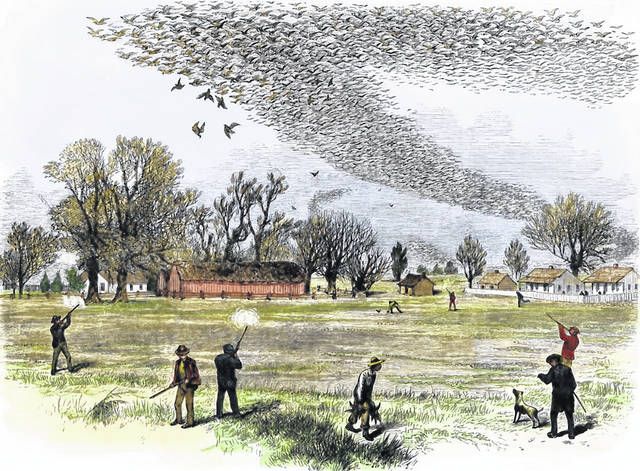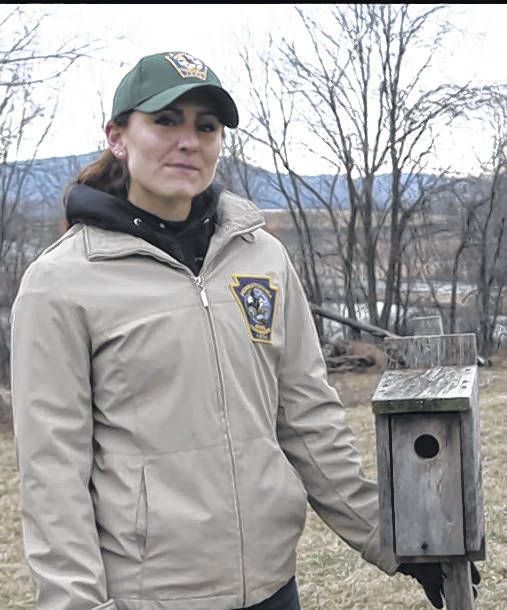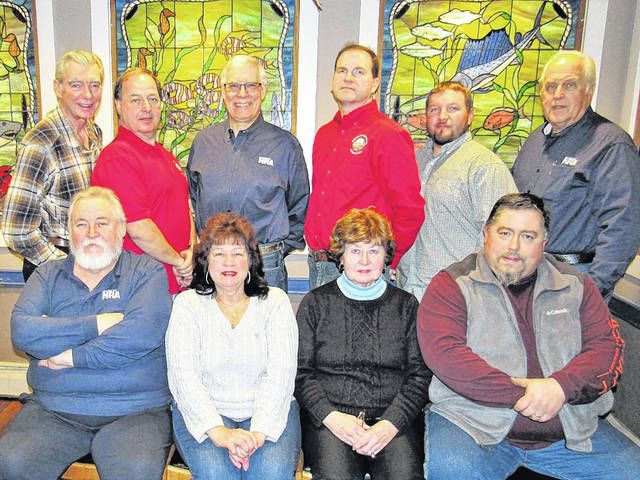Click here to subscribe today or Login.
Spring gobbler hunting is a strange endeavor.
The tactics and techniques used in the sport go against all hunting norms.
While noise is usually forbidden with most other forms of hunting, mainly deer, during the spring gobbler season it’s a necessity. Noise, whether it’s in the form of an owl, crow or turkey call, is needed to get the birds to gobble and reveal their location.
Scent control and wind direction are non-issues in the spring season, unlike any of the deer seasons, and walking around to locate a gobbler is a must when the birds are silent.
But the biggest paradox of all when it comes to the spring hunt is the simple fact that while we use hen calls in an attempt to draw a gobbler in, it doesn’t work that way in nature.
Gobblers gobble to attract hens. The main concept of gobbler hunting goes against nature, and that’s why the sport can be challenging.
And frustrating at times.
But what about those occasions when gobblers don’t gobble? Do silent woods make for a wasted hunt? Does a lack of gobbling activity mean there aren’t any birds in the area?
Are gobblers gobbling less, or for a shorter time frame, than they did in past seasons?
Based on my experiences this season, and those of other hunters, I found myself searching for answers to these questions quite often.
When the woods are silent, I believe there’s still reason to keep hunting. I’ve had several report, more than previous years, of gobblers coming in silent to calls.
Is it happening more or just a coincidence? I don’t know. But it happens to varying degrees every year, and one possible reason is the fact that mimicking a hen to entice a gobbler is completely opposite of how the spring mating ritual works.
When a gobbler hears a hen calling, whether it’s the real thing or from a hunter, they really don’t have a reason to gobble back other than to announce their presence and wait for a hen to approach.
But that doesn’t always happen, and sometimes a gobbler gets curious about a call it heard earlier in the morning and may decide to investigate, thus come in silent. It’s more about curiosity than anything else.
So, no, silent woods aren’t always a reason to call it quits.
But what about less gobbling activity? Are gobblers becoming less vocal?
Several turkey hunters I know believe they are, and there are a few reasons why.
Predators are one possible explanation. When a male turkey gobbles to announce its presence to hens, it’s also giving away it’s location to predators such as coyotes and fishers. There are more of them now in Pennsylvania then there have been in decades, and some hunters believe turkeys are adapting to the increased threat and are more apprehensive to be as vocal as they once were.
I believe this could be true in some areas, but there are still places where I have seen plenty of coyotes and fishers and the gobblers are just as vocal as ever.
Another hunter I spoke, who spends countless hours in the spring woods, believes gobblers are less vocal simply because there are fewer turkeys overall. As a result, he said, the window for gobbling activity has become shorter each year as there are fewer hens to breed.
By the second week of May most of the hens are on nests, the mating season is about done and there’s no reason for a gobbler to remain vocal.
It’s certainly a plausible theory, but one that’s area specific. While some locations are devoid of turkey activity later in the season, other areas are still going strong.
Perhaps the lack of clear answers to these gobbler hunting dilemmas, and the unpredictability of turkeys in general, is what makes spring gobbler hunting exciting.
It’s a constant challenge, sometimes a mystery, but when it’s solved the reward of a successful hunt is hard to beat.
For other outdoors stories, click here.








